354 results in Exploration of Targeted Anti-tumor Therapy
Most Viewed
Sort by :
- Latest
- Most Viewed
- Most Downloaded
- Most Cited
Open Access
Review
Current strategies for the design of PROTAC linkers: a critical review
Robert I. Troup ... Matthias G. J. Baud
Published: October 30, 2020 Explor Target Antitumor Ther. 2020;1:273–312
This article belongs to the special issue Proteolysis Targeting Chimera (PROTAC)
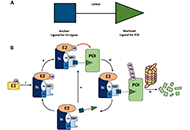
Open Access
Review
The impact of tumour pH on cancer progression: strategies for clinical intervention
Carol Ward ... Simon P Langdon
Published: April 28, 2020 Explor Target Antitumor Ther. 2020;1:71–100
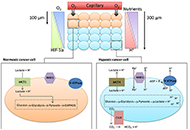
Open Access
Review
Early-stage triple negative breast cancer: the therapeutic role of immunotherapy and the prognostic value of pathological complete response
Pierluigi De Santis ... Palma Fedele
Published: February 28, 2024 Explor Target Antitumor Ther. 2024;5:232–250
This article belongs to the special issue Innovative Strategies to Target Triple-negative Breast Cancer
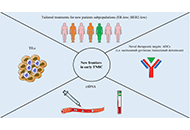
Open Access
Review
Novel approaches for the rational design of PROTAC linkers
Almaz Zagidullin ... Emil Bulatov
Published: October 30, 2020 Explor Target Antitumor Ther. 2020;1:381–390
This article belongs to the special issue Proteolysis Targeting Chimera (PROTAC)
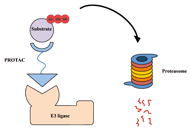
Open Access
Review
Steroid utility, immunotherapy, and brain tumor management: an update on conflicting therapies
Matthew Goldman ... Stephan Quintin
Published: October 31, 2022 Explor Target Antitumor Ther. 2022;3:659–675
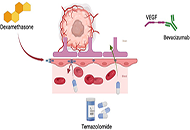
Open Access
Review
Nigerian medicinal plants with potential anticancer activity—a review
Mansurah A. Abdulazeez ... Amos A. Fatokun
Published: December 09, 2024 Explor Target Antitumor Ther. 2024;5:1393–1434
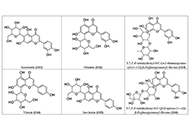
Open Access
Review
PROTACs are effective in addressing the platelet toxicity associated with BCL-XL inhibitors
Peiyi Zhang ... Guangrong Zheng
Published: August 31, 2020 Explor Target Antitumor Ther. 2020;1:259–272
This article belongs to the special issue Proteolysis Targeting Chimera (PROTAC)
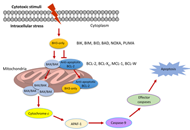
Open Access
Review
Inhibitors of the Fanconi anaemia pathway as potential antitumour agents for ovarian cancer
Sarah J Taylor ... Simon P Langdon
Published: February 29, 2020 Explor Target Antitumor Ther. 2020;1:26–52
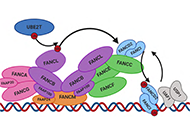
Open Access
Review
Potential benefit of β-glucans as adjuvant therapy in immuno-oncology: a review
Valeria Cognigni ... Rossana Berardi
Published: April 30, 2021 Explor Target Antitumor Ther. 2021;2:122–138
This article belongs to the special issue Immunotherapy in Cancer Patients
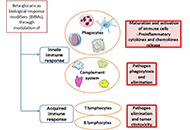
Open Access
Review
Antibody-drug conjugates: beyond current approvals and potential future strategies
Siddharth Menon ... Hui K. Gan
Published: April 28, 2022 Explor Target Antitumor Ther. 2022;3:252–277
This article belongs to the special issue Antibody-Drug Conjugates
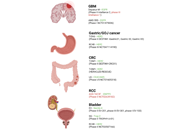
Open Access
Review
Development of PROTACs to address clinical limitations associated with BTK-targeted kinase inhibitors
Rachael Arthur ... Graham Packham
Published: June 29, 2020 Explor Target Antitumor Ther. 2020;1:131–152
This article belongs to the special issue Proteolysis Targeting Chimera (PROTAC)
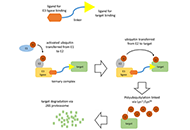
Open Access
Review
Diagnostic value of liquid biopsy in the era of precision medicine: 10 years of clinical evidence in cancer
Vincenza Caputo ... Stefania Napolitano
Published: February 28, 2023 Explor Target Antitumor Ther. 2023;4:102–138
This article belongs to the special issue The Implementation of Liquid Biopsy in Clinical Practice for Different Solid Tumor
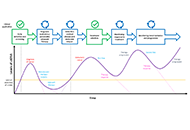
Open Access
Review
The promising potential of piperlongumine as an emerging therapeutics for cancer
Dey Parama ... Ajaikumar B. Kunnumakkara
Published: August 30, 2021 Explor Target Antitumor Ther. 2021;2:323–354
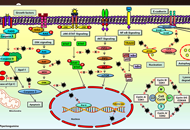
Open Access
Review
An overview of the anti-cancer actions of Tanshinones, derived from Salvia miltiorrhiza (Danshen)
Irum Naz ... Kwang Seok Ahn
Published: June 29, 2020 Explor Target Antitumor Ther. 2020;1:153–170
This article belongs to the special issue Targeting Transcription Factors for Cancer Therapy
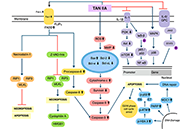
Open Access
Review
Anticancer peptides as novel immunomodulatory therapeutic candidates for cancer treatment
Apurva Sood ... Anuradha Sharma
Published: August 21, 2024 Explor Target Antitumor Ther. 2024;5:1074–1099
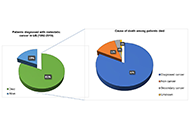
Open Access
Review
The clinical advances of proteolysis targeting chimeras in oncology
Hao Xie ... Jason B. Fleming
Published: December 31, 2021 Explor Target Antitumor Ther. 2021;2:511–521
This article belongs to the special issue Proteolysis Targeting Chimera (PROTAC)
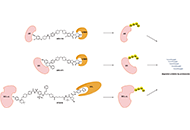
Open Access
Review
Increasing differential diagnosis between lipoma and liposarcoma through radiomics: a narrative review
Raffaele Natella ... Antonella Santone
Published: June 30, 2023 Explor Target Antitumor Ther. 2023;4:498–510
This article belongs to the special issue Artificial Intelligence for Precision Oncology
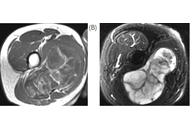
Open Access
Review
Targeting transcription factors in cancer drug discovery
Partha Mitra
Published: December 28, 2020 Explor Target Antitumor Ther. 2020;1:401–412
This article belongs to the special issue Targeting Transcription Factors for Cancer Therapy
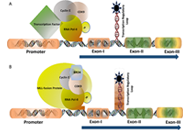
Open Access
Review
Genomic alterations in cholangiocarcinoma: clinical significance and relevance to therapy
Marianeve Carotenuto ... Nicola Normanno
Published: April 26, 2022 Explor Target Antitumor Ther. 2022;3:200–223
This article belongs to the special issue Precision Medicine for Cholangiocarcinoma
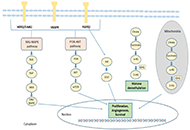
Open Access
Review
Targeting HER2 in breast cancer: new drugs and paradigms on the horizon
Paolo Tarantino ... Giuseppe Curigliano
Published: April 30, 2021 Explor Target Antitumor Ther. 2021;2:139–155
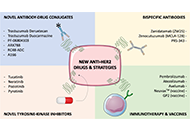
 Previous
Previous